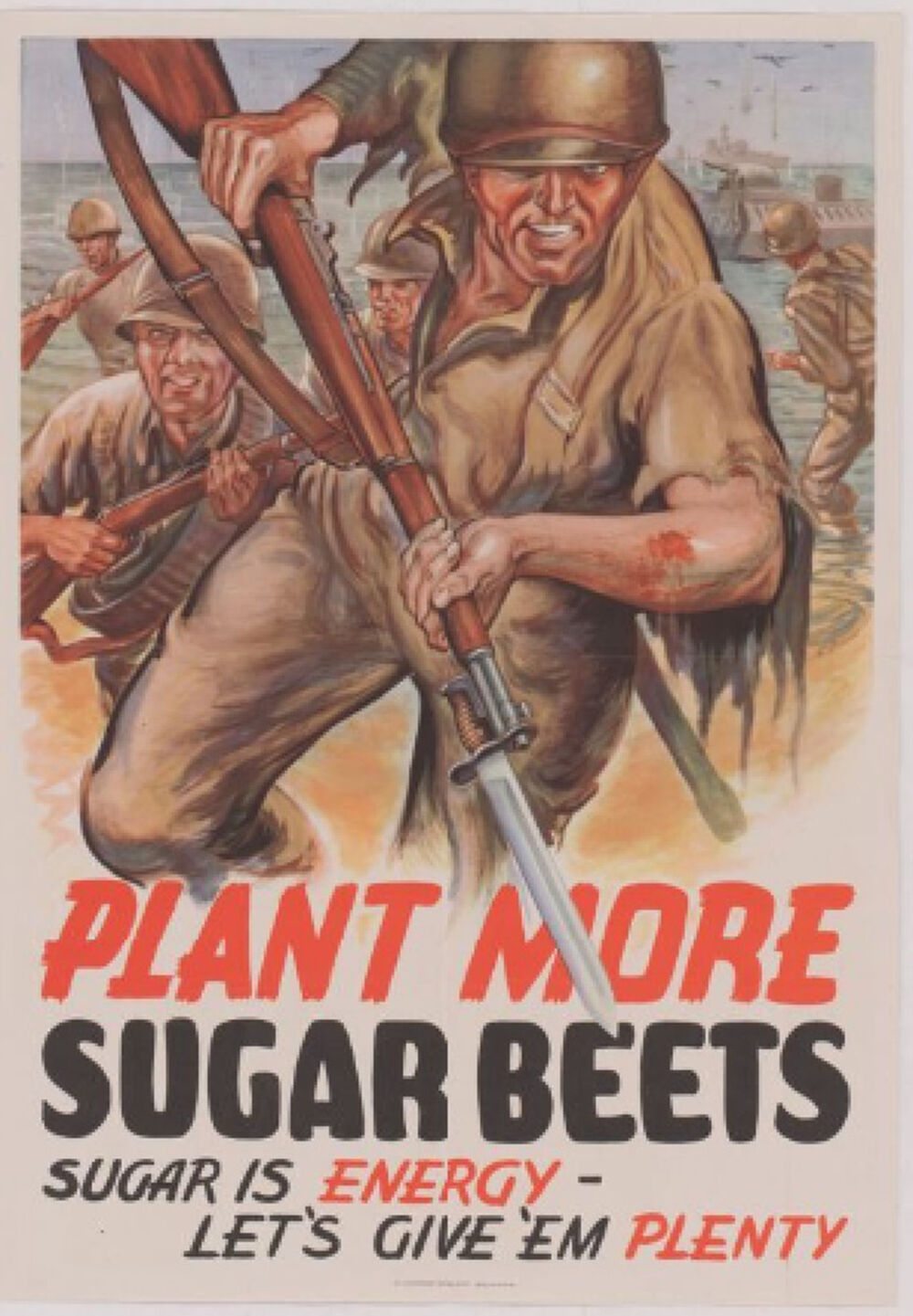“We’d go to the German POW camp usually between 7 a.m. and 8 a.m.,” Neil “Nick” Sakurada said. He is now retired from farming. “The German prisoners would be in the back of the truck, while a military guard would sit in the cab. After the day’s work, we’d take everyone back to the camp between 5 and 6 p.m.”
Typically, 25 to 30 prisoners would come to the family’s farm each day, according to Sakurada. Some did manual labor in the fields, while others ran tractors.
“I remember the German prisoners as hard workers,” Sakurada said.
He only knew of one prisoner who tried to escape from the family farm; that man was not successful in his escape attempt, Sakurada added.

Sakurada said his family fed the German prisoners while at their farm.
“We’d have pots of coffee for them. My mother would make stew or soup each day for lunch. She also made fresh bread.”
Sugarbeets were needed to provide the sugar to sweeten food Americans loved to eat. Rather than focusing on taste, though, the need for sugar was promoted as a necessary source of energy for our military personnel.
Beyond its use in food, sugar beets were even more critical when it came to weapon systems. The sugar beet juice was converted into an industrial alcohol that was used to produce munitions and synthetic rubber — products that were then utilized to fight our nation’s actual enemies globally.
According to a news article dated April 26, 1942, in The San Bernardino Daily Sun, “Aerial bombs, submarine torpedoes and artillery shells...” were among the military munitions that needed “sugar transformed into industrial alcohol.”
The United States Beet Sugar Association noted in a news article dated May 12, 1942, in the Daily News of New York City, that sugarbeets “...may be the largest source of sugar supply for the future, when sugar has become a military necessity for smokeless powder, solvents, chemicals and industrial alcohol for synthetic rubber.”
A number of news reports in 1943 included comments from the association that “…every time a sixteen-inch gun was fired, one-fifth of an acre of sugarbeets went up in smoke.”
Sugarbeets grown in western Nebraska helped to replace the sugar cane that could no longer be imported as well as the sugar products diverted for military use.
“I saw no indication that the sugar beet juice was diverted from western Nebraska for munitions,” Hoehn said. “It is likely that the sugarbeets grown and processed on the West Coast would have been the sugarbeets converted into and used for munitions.”
The Great Western Sugar Company ran a large advertisement on Feb. 24, 1944, in The Western Nebraska Observer of Kimball with the title “Why the Government Wants Maximum Beet Production.” In the ad, the company detailed that beet farmers locally in Nebraska and throughout the country were encouraged to grow as many sugarbeets as possible.
A telegram to beet growers in California, for example, was highlighted in the advertisement. The telegram indicated that increased beet production was “...urgently needed in order to insure an adequate sugar supply for domestic requirements and for our armed forces. We earnestly hope that each sugar beet grower will consider it his individual patriotic duty and responsibility to plant a maximum acreage...”
Sugarbeet farmers — including many Japanese-American sugarbeet farmers in western Nebraska — helped meet the needs of our country during World War II. Their leadership did not conclude with the end of that war. Today, sugar beet farming and processing is still critical parts of the economy in western Nebraska.